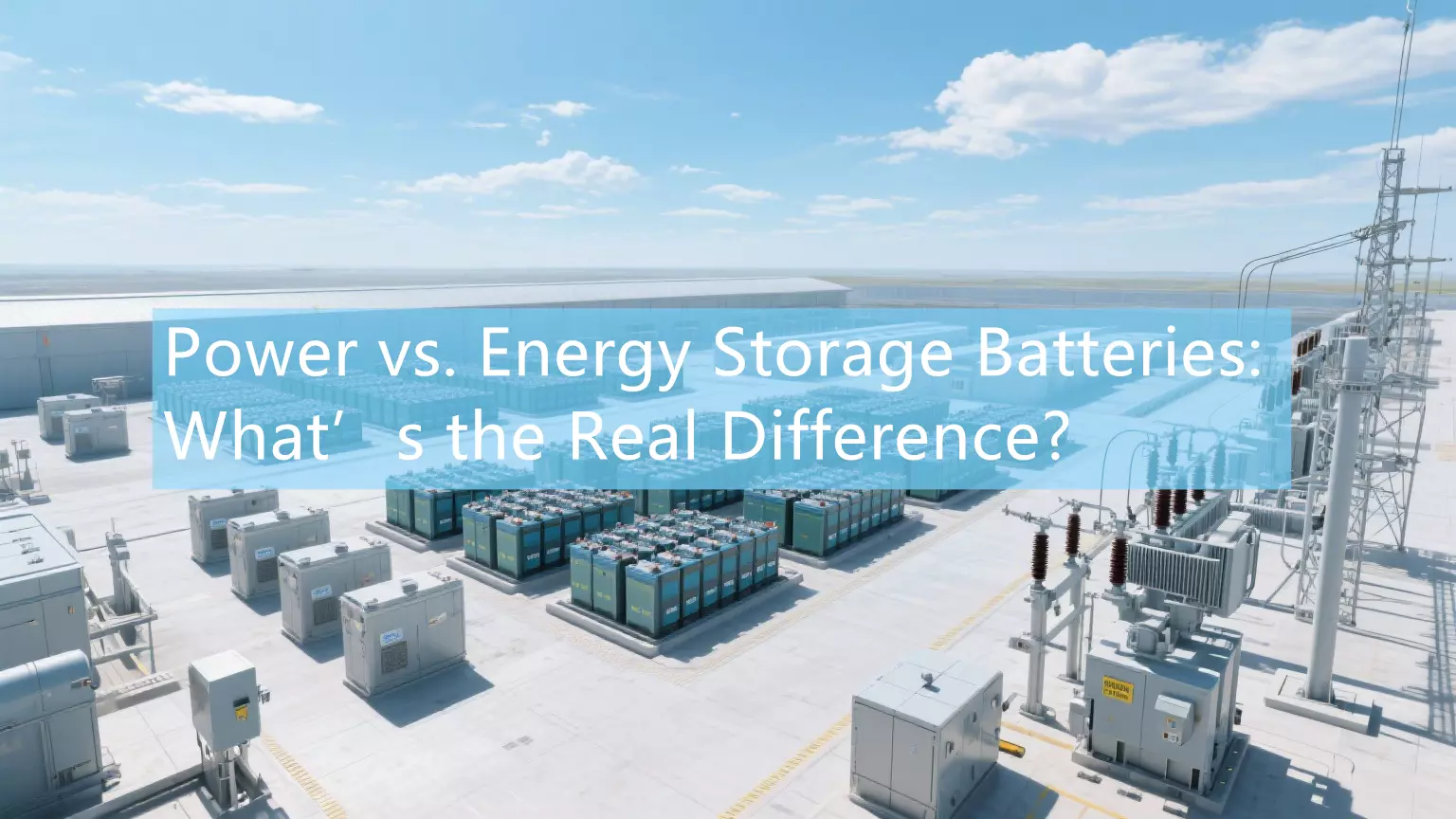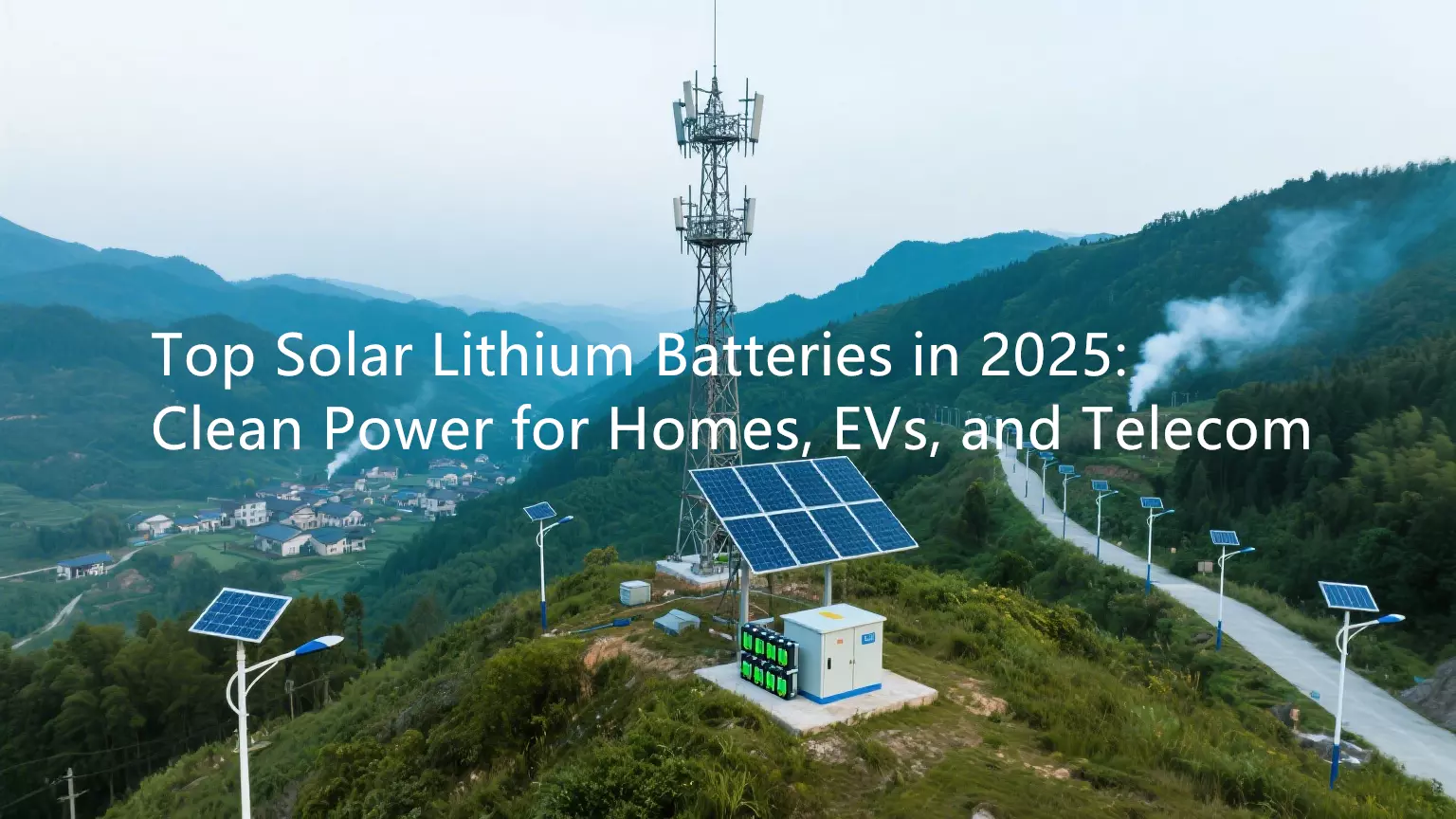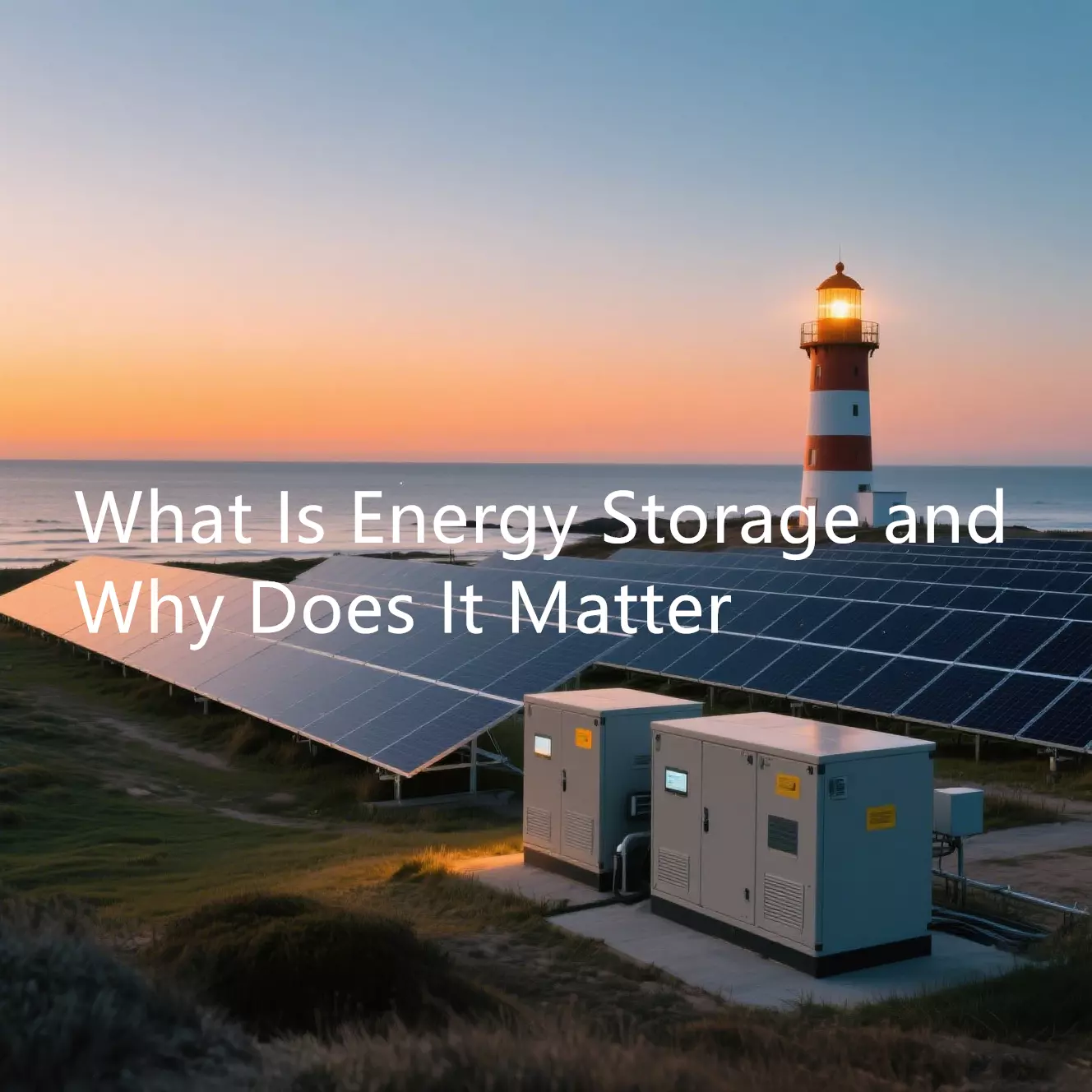Amidst the tide of international energy transformation, photovoltaic power generation technology has always been pioneering in terms of renewable energy development.
In this article, the seven core strengths of photovoltaic power generation will be analyzed from a global point of view, and combine practical cases in Europe,America, the Middle East, Asia and other regions to demonstrate its application value all over the world.

1. Exceptional Environmental Benefits: The Main Force Behind Global Emission Reduction
- Zero-carbon energy: Bavaria Solar Park in Germany cancels out 50,000 tons of carbon dioxide emissions per year.
- Purifying the atmosphere: California desert solar farm reduces emissions equivalent to 25,000 cars annually.
- Eco-friendly integration: Spain's Andasol solar plant blends naturally into its environment.
According to the IEA, global photovoltaic power reduced around 1.2 billion tons of CO₂ emissions in 2023, equaling Japan’s annual emissions.
2. Rich Solar Energy Resources: Relatively Uniform Global Distribution
- High potential zones: Middle Eastern deserts average 2,200+ sunlight hours yearly.
- Moderate zones: Southern Europe sees 1,800–2,000 hours annually.
- Low-light solutions: UK boosts solar efficiency 30% using bifacial panels.
The 5,000 MW Dubai Mohammed bin Rashid Al Maktoum Solar Park is a prime desert solar project example.
3. Global Diversified Application Models: Meeting Varied Environmental Needs
| Application Type | Global Cases | Individual Benefits |
|---|---|---|
| Ground-mounted power station | India's Bhadra Solar Park (2245MW) | Largest PV park globally |
| Floating photovoltaic | Singapore's Tengger Reservoir (60MW) | Land-saving innovation |
| Building integration | Montpellier PV curtain wall, France | Urban renewable energy application |
| Agricultural PV project | Chiba PV farm, Japan | Energy and agriculture co-development |
| Off-grid power system | Sub-Saharan Africa microgrid | Reliable supply in remote regions |
The Netherlands excels in agrivoltaics, using dual-purpose land to combine solar generation and crop farming.
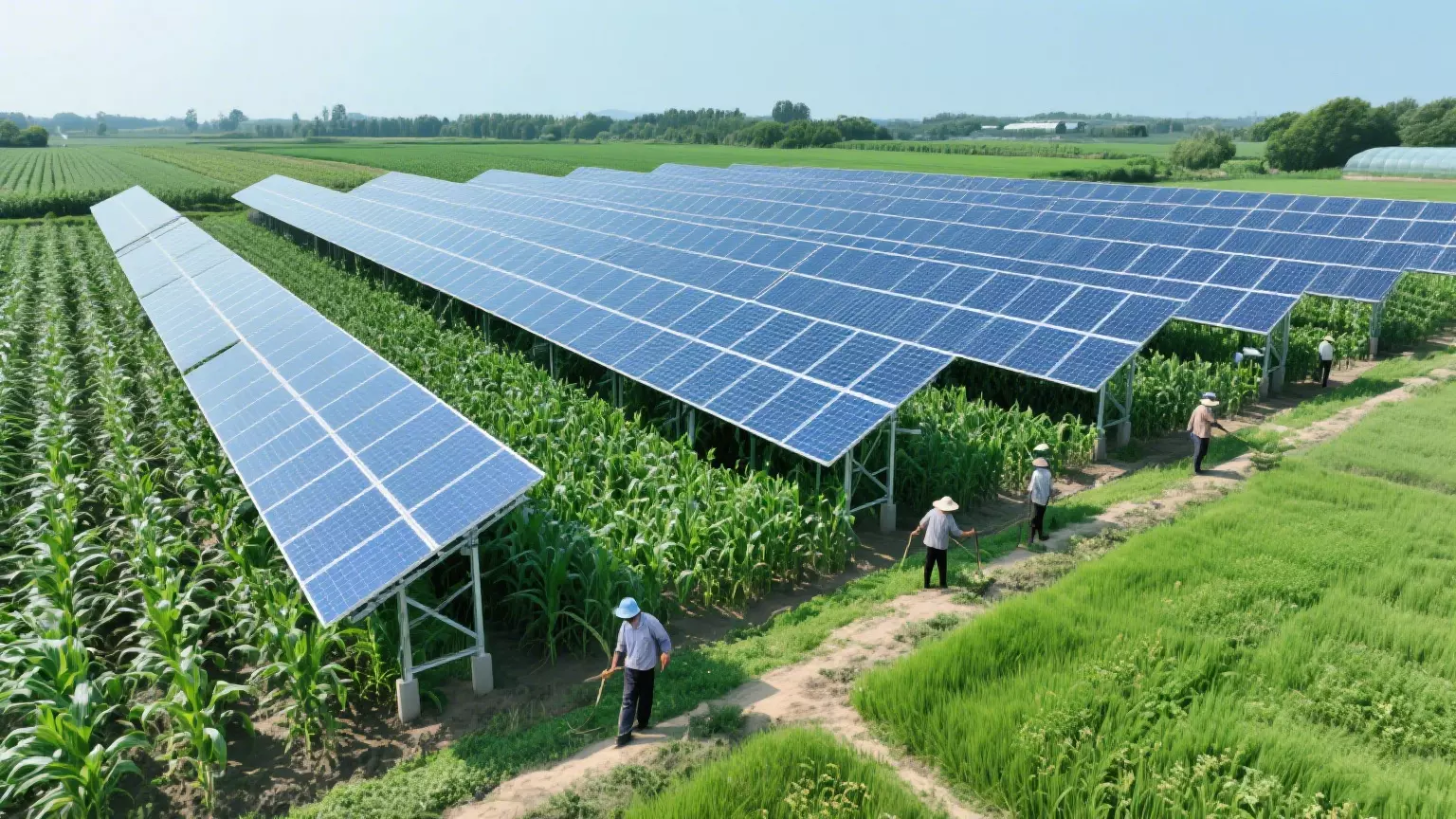
4. Efficient Project Implementation: From Planning to Production Acceleration
- Australia’s 275 MW Darlington Point plant was built in 11 months.
- Germany's e-approval system cuts timelines to 4 weeks.
- Italy sees PV payback in 5–7 years on average.
The 750 MW Permian Basin solar project in Texas was developed and connected in just 18 months.
5. Smart O&M: Cost Optimization Driven by Technology
- Drone inspection: AI drones monitor Saudi Arabia’s Sakaka solar farm.
- Robot cleaning: Chile’s Atacama plant combats dust using automated robots.
- Digital twin: Belgian sites enhance efficiency through virtual plant replicas.
Tokyo University’s self-cleaning panel tech can cut O&M costs by over 50%.
6. High-Quality Power Output: Meeting Global Standards
- Germany: THD <2%, exceeding industrial standards.
- USA: Solar + storage keeps voltage fluctuation under 1%.
- Australia: Microgrid reliability at 99.99%.
Stockholm data centers now run on 100% renewables, dominated by solar energy.
7. Economic Efficiency: Falling Costs and Strong Policy Support
- Cost reductions: US system prices down 82% in 10 years; Dubai’s PPA price hit $0.0135/kWh.
- Policy support: EU targets 45% renewables; US IRA gives tax breaks; India promotes local solar via PLI.
- High ROI: Spain’s IRR hits 9–12%; Texas solar ROI in 5–6 years; Korea residential PV ROI at 15%.
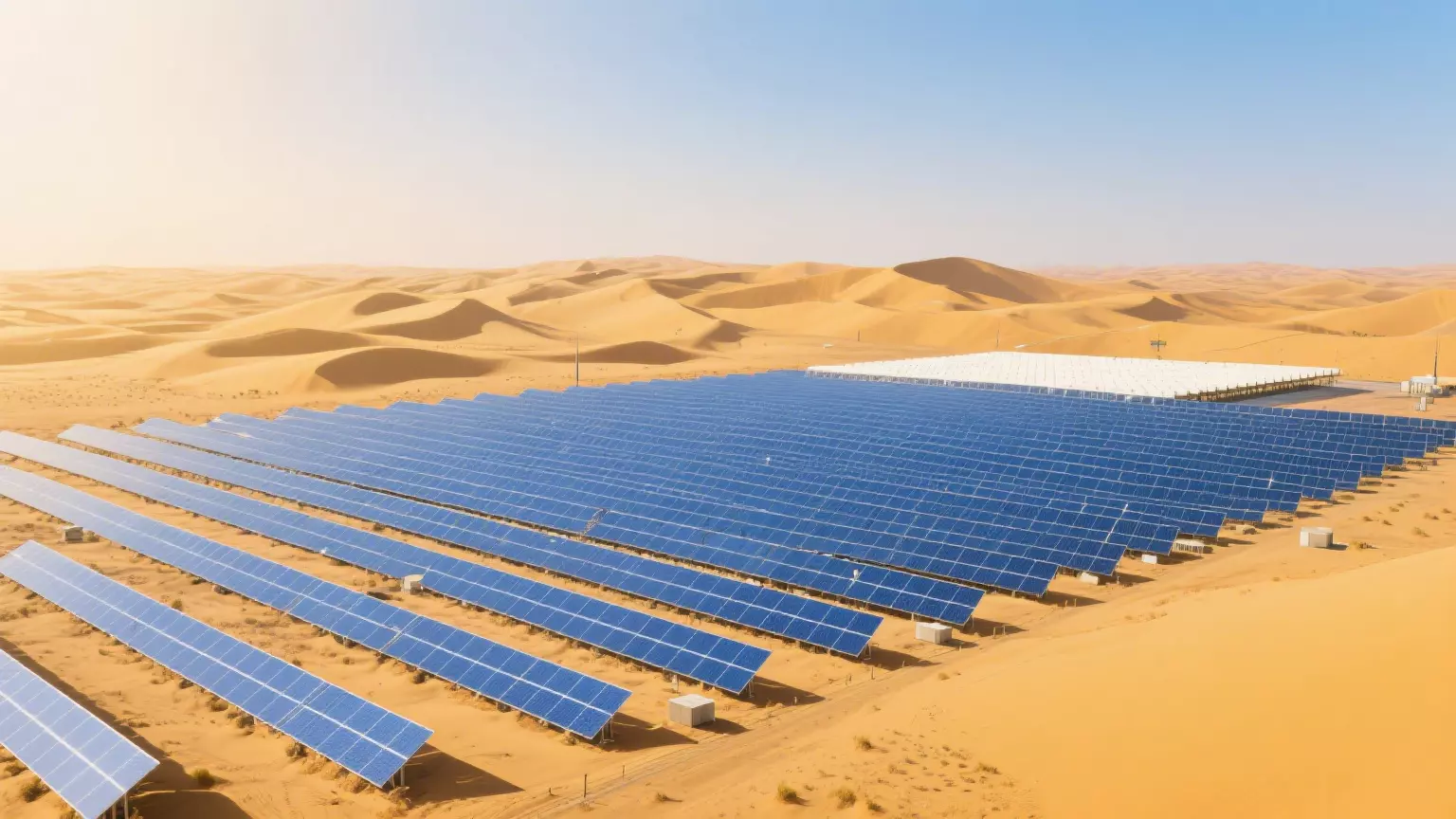
Global Societal Benefits: From Energy to Economy
- Energy access for 600 million in rural Africa.
- Solar jobs outpace coal in the US.
- Millions of cubic meters of water saved annually in the Middle East.
- EV and solar infrastructure development working hand in hand across Europe.
Morocco’s Noor complex leads in sustainability—powering communities, education, and employment.
Future Global Trends
- Commercialization of perovskite solar cell technology.
- Deployment expansion in Southeast Asia and Latin America.
- Floating PV innovations from Norway and beyond.
- Solar-powered hydrogen production initiatives in Australia.
IRENA predicts 5,400 GW of global solar capacity by 2030—making it the world’s top power source.
Conclusion
From Germany’s energy transition to African off-grid solar, photovoltaic energy is reshaping the world with sustainability, flexibility, and cost advantages. Countries must tailor development plans to local conditions and resources.
International investors should consult local experts to assess solar potential, regulations, and market models. Solar is not just a tool for climate mitigation—it’s a long-term economic strategy for energy resilience.


